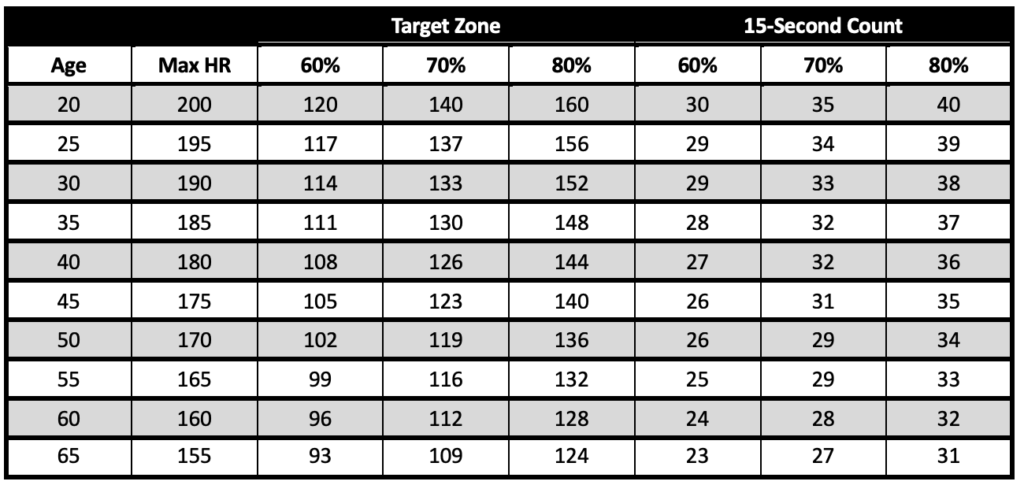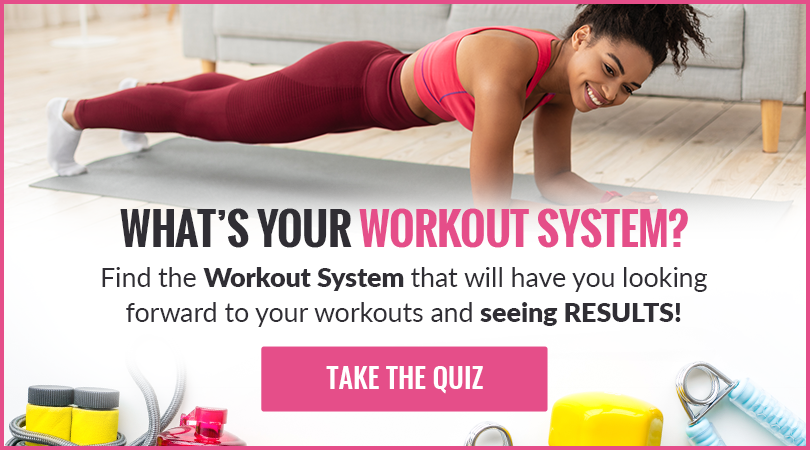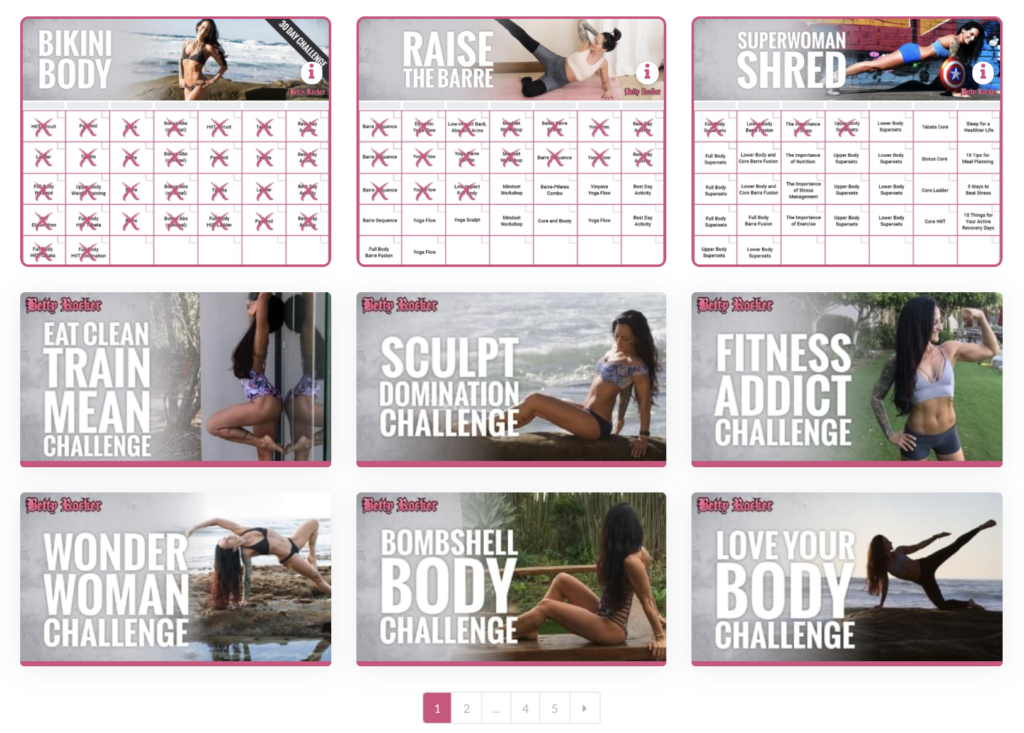
In this post:
- Why is cardio valuable to include in training?
- 2 Types of cardio training
- Is one type better than the other?
- Resting Heart Rate
- Target heart rate zones while exercising
- The importance of Heart Rate Variability (HRV)
In a nutshell, why is cardio valuable to include in training?
The stronger your heart, the stronger your cardiovascular system, and the better your body functions (1) overall – making this a valuable part of your training regimen that can prolong and improve your life.
Our cardiovascular system (the heart, blood vessels, and blood) supplies our organs and tissues with oxygen and nutrients, transport hormones through the body, and is responsible for ridding the body of waste.
Like any muscle, the heart gets stronger and healthier the more regularly you work it. And as the name describes, cardiovascular training (cardio) is a great way to strengthen the cardiovascular system.
Here are just a few of the benefits you can experience from including cardiovascular training…
- strengthens both your lungs and heart (2)
- increases bone density (3) and (aerobic cardio) preserves muscle mass (4)
- improves your body’s metabolism (5)
- improves mitochondrial function (6)
- improves the flow of oxygen through your entire body, and improves VO2 max (the maximum amount of oxygen your body can process)
- strengthens your heart and blood vessels (5)
- improves your resilience to stress
- aids in fat loss (7)
- decreases the risk of chronic ailments like diabetes and heart disease (8)
- elevates your mood (9)
The 2 Types of Cardiovascular Training
Cardiovascular training is exercise that raises your heart rate. There are 2 types of exercise that can contribute to cardiovascular health, and each has different benefits. One is not “better” than the other – both should be practiced for good health.
Aerobic Exercise
Aerobic exercise (“with oxygen”) is exercise that can be sustained for longer than 10 minutes. There is plenty of oxygen flowing through your body to support your muscles and sustain the energy you need to keep going.
Many of our daily activities (from digestion to breathing to standing and sleeping) are supported by the aerobic system – and the health of this foundational supportive system can be enhanced by training within the aerobic zone.
An example of aerobic exercise is “steady-state cardio,” which is exactly what it sounds like – your level of intensity (60-70% of your maximum capacity) doesn’t really fluctuate for 20 minutes or more.

It’s fun and feels great!
The benefits are more than just physical – it feels good to be outside running or hiking, breathing fresh air, getting sunshine, and seeing new sights.
It lowers your heart rate and improves your ability to handle stress
Steady state cardio also helps create positive adaptations in the heart that impact our ability to handle stress; its ability to pump more blood with each contraction over time lowers your heart rate during activity and during rest.
A lower heart rate is indicative of a healthy cardiovascular system, and good “parasympathetic tone” in the nervous system, increasing your ability to relax, focus, and recover from stress – including the positive stress of intense exercise (next section on anaerobic exercise).
- Read more about the sympathetic and parasympathetic nervous system in“Top 5 Ways to Beat Stress and Get More From Your Workouts”
It positively impacts your muscle tissue

Exercising in the aerobic zone “with oxygen” results in the production of more blood vessels (to carry the oxygen), and increases the size of the blood vessels. More nutrients and oxygen can get to your muscle tissue, and there’s more support for waste removal – which all adds up to better recovery and support for healthy muscle tissue.
It increases your endurance and boosts your energy
Speaking of your muscle tissue, aerobic exercise relies on mostly your slow-twitch muscle fibers, which are the fibers that are built for endurance. These fibers contract slower and at a lower intensity than fast-twitch muscle fibers. These changes to the composition of your muscle fibers add up to increased endurance.
Aerobic workouts also increase the density of mitochondria and the protein myoglobin in your muscle tissue. The mitochondria, or the powerhouse of the cells, are how your body makes energy in the form of ATP, and myoglobin brings oxygen to the cell – which is necessary for the production of ATP. This adds up to more energy for you.
Anaerobic Exercise
Anaerobic exercise (“without oxygen”) is shorter duration exercise (usually 2 minutes or less) that requires more oxygen supply than the body can support.

You may see terms like “interval training,” “plyometrics,”“high intensity interval training” or “HIIT” for short, “tabatas” (a specific 4 minute interval training style) – these can all be types of anaerobic training. Sprints – on a bike or while running for instance – are also anaerobic.
All forms of HIIT fluctuates between short bursts of intense activity and “recovery” periods of less intense activity. The workouts are fueled by stored carbohydrates, but make you breathe harder meaning you will burn more fat than during steady state cardio (10).
HIIT gets your heart working harder for a short period of time, and because it’s working without oxygen, it has to take in more oxygen after the workout. This is the “exercise post-oxygen consumption” or EPOC effect you may hear about in relation to the impact HIIT has on fat loss for a period of time after the workout.
Because of its shorter duration and lack of oxygen, lactic acid is produced which is what creates fatigue. But practicing regularly will boost the size and quantity of the fast-twitch muscle fibers, giving you more power, strength and endurance.
Anaerobic exercise can also increase the breakdown of glucose (also known as glycolosis). It can also boost ATP levels, which are the primary energy source in muscles, as well as creatine phosphate which can be converted to ATP and used for energy. Creatine levels increase, which helps supply energy for muscle contractions. HIIT training can also boost testosterone and growth hormone, both of which impact muscle growth.
Is one type better than the other?
Both aerobic and anaerobic training are beneficial, and measurably improve many important indicators of health and fitness. Blood pressure drops, metabolism improves and VO2 max (which measures the maximum amount of oxygen your body can process) goes up. Studies show that combining both of these types in your exercise regimen is the best way to get maximum benefits out of your workouts (11).
Depending on your life and the demands on your time, you may find that HIIT training is the time-saver you need, and you can more easily fit it in – or you may be someone who enjoys long runs in nature. Both give you great benefits and increase your energy and muscle health.
You may choose to cycle them both into your training at the same time, or do focused periods of training (say 3 months) where HIIT is a primary focus, and then another cycle where steady state cardio is a focus. This can be a fun way to enjoy variety and challenge yourself in different ways.
Many of my workouts and circuits combine both aerobic and anaerobic training – with slower, low impact strength moves paired with explosive bursts. I enjoy this style of training and implement it frequently to save time and get the benefits of both endurance and explosive strength.
Your anaerobic capacity is influenced by your aerobic capacity, meaning without a foundation of aerobic fitness, you won’t be able to push as hard in those HIIT circuits. You want the capacity for both endurance and strength and power – so combining aerobic and anaerobic activities is a great way to really create healthy and strong muscle tissue.
All of the body’s systems impact each other tremendously. Increasing your resilience to stress has a major impact on decreasing your risk to many diseases, and high stress and chronic stress are directly correlated to increased fat storage. There is an important place for both aerobic and anaerobic exercise in your training – regardless of your goals.
While you may burn more fat in less time with HIIT training than you do with steady state cardio, both will impact fat loss. In my mind, what’s more important than fat loss is a focus on preserving and gaining lean muscle – especially as we age. While it’s easy to get overly focused on fat loss, one of the mechanisms by which we become more efficient fat burners is by increasing our lean muscle mass.

Gaining and preserving muscle (as well as increasing your aerobic and anaerobic capacity) should be a lifelong goal to mitigate many of the impacts of the “aging process” including sarcopenia, which is muscle wasting. Muscle burns more calories at rest, supports your joints, and serves as an important endocrine organ, meaning it impacts hormone function and metabolism.
Diversity in your fitness routine will train your cardiovascular system to perform well at different levels of intensity and increase the overall function of your body.
Resting Heart Rate (RHR)
Resting heart rate is the number of beats per minute your heart beats while you’re at rest, and is an important health indicator. The RHR range for adults falls between 60-100 beats per minute (12), and “normal” varies from person to person, though in athletic people a lower number is generally an indicator of fitness. Some athletes may be in an even lower range.

- At the wrist: find the tendons that runs down the center of your inner arm, just below your palm. Take your pulse using your index and middle fingers gently pressing into the thumb side of the skin beside the tendons.
- At the neck: place your index and middle fingers lightly on either side of your neck, just beside where your Adam’s apple would be (women).
- Using a timer, count the number of beats in 15 seconds, then multiply that number by 4. You may want to repeat this a couple of times, taking the average of the values you get.
- Don’t take a measurement just after exercising or after a stressful event. Wait up to 2 hours, as your heart rate can remain elevated for some time.
- Wait for at least an hour after consuming caffeine.
Target Heart Rate Zones
It can be useful to follow heart rate training zone guidelines when exercising, comparing workout intensity to your maximum heart rate. Your maximum heart rate is considered the highest amount your heart can sustain during cardio training. You can get this number by subtracting your age from 220. Most athletes train at between 50-70% of their maximum heart rate.
Using the chart below, find the age category closest to yours and use that to find your target heart rates. Moderate intensity (steady state cardio for instance) has a target heart rate of around 50-70% of your maximum heart rate, while high intensity exercise is about 70-85% of your maximum.

This chart can also be useful based on your fitness level. If you’re a beginner, aim for the lower range of your target zone (more like 50%) and gradually build up. If you’re more advanced, you can more easily push to the higher range.
These numbers are just general guidelines. To manually check your heart rate while exercising, keep moving – your heart rate will drop when you stop.
The importance of Heart Rate Variability (HRV)
Heart rate variability measures the variation in time between heart beats. This variation is controlled by your autonomic nervous system, which runs both your sympathetic (fight or flight) and parasympathetic (rest and digest) nervous systems. Your brain constantly processes all kinds of information, and your responses to it activate these pathways.
If your system is constantly under stress from a poor diet, lack of sleep, overtraining (or lack of exercise), anxiety, isolation or other health disruptors, your fight or flight mechanism can shift into overdrive causing the variation between heartbeats to be low. Conversely, the more relaxed we are, the higher the variability between heart beats.

The significance of your HRV is that it can really show you how your nervous system is responding to both the external environment and also your inner thoughts, feelings and emotions.
A lower HRV can correlate to an inflamed system, worsening depression and anxiety, and an increased risk of death and cardiovascular disease (13).
A higher HRV is indicative of resilience to stress, and often indicates physical fitness. One of the reasons I am a proponent of mindful breathing exercises, meditation, therapy and other forms of self care and personal development is because of the impact it can have on your responses to stress and your heightened self-awareness in being able to care for yourself in a balanced way. This can raise your HRV, and increase your resilience.
Measuring RHR and HRV
A chest strap monitor is a great way to determine all kinds of indicators, including RHR and HRV, and you can also get readings from other wearables for your wrist, or even finger. I personally keep track of my HRV – as well as RHR and many sleep and activity indicators with an Oura Ring.
To sum it all up, your cardiovascular fitness can be impacted by all the choices you make about how to take care of yourself – not only with your workouts but with the way you eat, think, and practice self care.
Be sure to check in below and let me know what insights you got, and let me know if you have any questions!
For workouts that balance your training with aerobic and anaerobic fitness activities and give you variety so you’re never bored, join ROCK YOUR LIFE
My online home workout studio and women’s fitness community! With fresh new classes added 5 days a week and dozens of fun 30-day challenges to choose from so you can mix up your training styles and get support along the way, you’ll always be motivated to exercise and enjoy it – while reaping all the benefits to your health!
Get a 30 Day Trial!
References:
- Meyers, J. “Exercise and Cardiovascular Health.” AHA Journals. January 2013. https://www.ahajournals.org/doi/full/10.1161/01.CIR.0000048890.59383.8D
- National Heart, Lung, and Blood Institute. “Physical Activity and Your Heart.” 2019. https://www.nhlbi.nih.gov/health-topics/physical-activity-and-your-heart
- Hinton, Pamela S et al. “Effectiveness of resistance training or jumping-exercise to increase bone mineral density in men with low bone mass: A 12-month randomized, clinical trial.” Bone. 2015. https://www.ncbi.nlm.nih.gov/pmc/articles/PMC4503233/
- Konopka, Adam R. and Harber, Matthew P. “Skeletal Muscle Hypertrophy after Aerobic Exercise Training.” Exercise and Sport Sciences Reviews. August 2015. Web. https://www.ncbi.nlm.nih.gov/pmc/articles/PMC4523889/
- Agarwal, Shashi K. “Cardiovascular benefits of exercise.” International journal of general medicine. 2012. https://www.ncbi.nlm.nih.gov/pmc/articles/PMC3396114/
- Laurin, Jaime L. et al. “Long-term aerobic exercise preserves muscle mass and function with age.” Current Opinion in Physiology. August 2019. Web.
https://www.sciencedirect.com/science/article/pii/S2468867319300720 - Willis, Leslie H et al. “Effects of aerobic and/or resistance training on body mass and fat mass in overweight or obese adults.” Journal of applied physiology. 2012. https://www.ncbi.nlm.nih.gov/pmc/articles/PMC3544497/
- Shiroma, Eric J et al. “Strength Training and the Risk of Type 2 Diabetes and Cardiovascular Disease.” Medicine and science in sports and exercise. 2017. https://www.ncbi.nlm.nih.gov/pmc/articles/PMC5161704/
- Sharma, Ashish et al. “Exercise for mental health.” Primary care companion to the Journal of clinical psychiatry. 2006. https://www.ncbi.nlm.nih.gov/pmc/articles/PMC1470658/
- Viana RB et al. “Is interval training the magic bullet for fat loss? A systematic review and meta-analysis comparing moderate-intensity continuous training with high-intensity interval training (HIIT).” British Journal of Sports Medicine 2019. https://bjsm.bmj.com/content/53/10/655
- Zhang, Haifeng et al. “Comparable Effects of High-Intensity Interval Training and Prolonged Continuous Exercise Training on Abdominal Visceral Fat Reduction in Obese Young Women.” Journal of diabetes research. 2017. https://www.ncbi.nlm.nih.gov/pmc/articles/PMC5237463/
- (RHR 60-100) Avram, Robert et al. Real-world heart rate norms in the Health eHeart study.” NPJ Digital Medicine. June 2019. Web. https://www.ncbi.nlm.nih.gov/pmc/articles/PMC6592896
- (Lower HRV) JÄRVELIN-PASANEN, Susanna et al. “Heart rate variability and occupational stress—systematic review.” Ind Health. June 2018. Web. https://www.ncbi.nlm.nih.gov/pmc/articles/PMC6258751/

